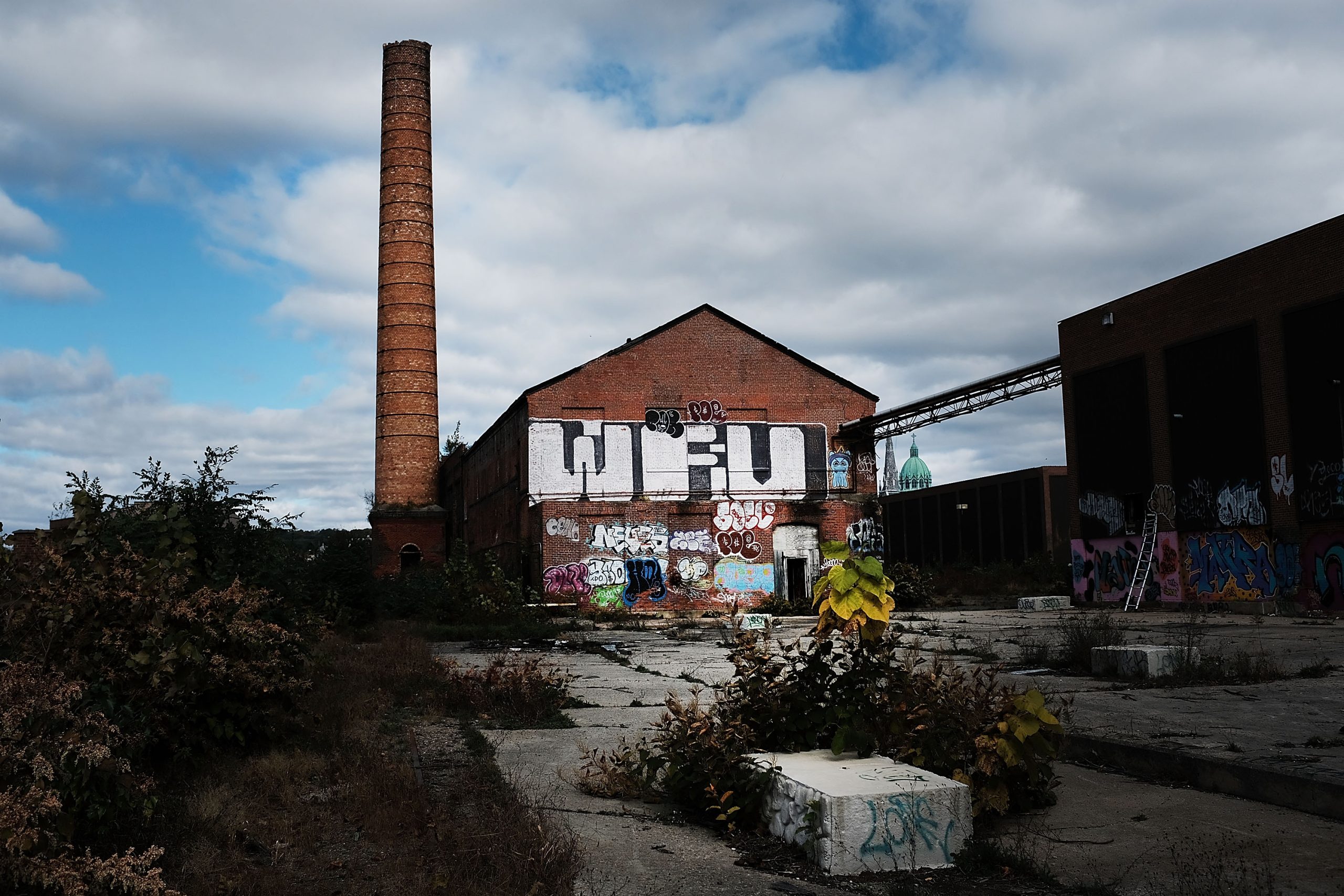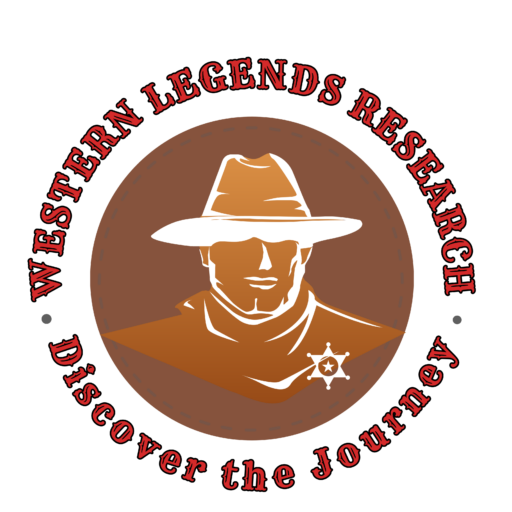The Decline of the Rust Belt and the Loss of Community

My immediate Pittsburgh neighbors believe we live on perhaps the loveliest block in Squirrel Hill, a street so semi-rural that it lacks sidewalks but hosts a seemingly 24-7 population of young deer. I don’t disagree, but I also know that I live in the Mon Valley, a.k.a. Steel Valley, named for the huge river—Monongahela—that allowed it to host America’s premier industrial powerhouse for many decades.
Now it’s mostly all gone. Many mornings you can smell that the coke works is still active up the Mon in Clairton, and E.T.—the Edgar Thomson Works—still produces steel in Braddock. But mainly it’s just memories and memorials, like the Homestead bar named for the long-gone Duquesne Works, Dorothy Six.
Some weekends I cross the Mon to Homestead to drink beer; old timers at the borough’s best bar, Duke’s, still recall how the late New York Times reporter Bill Serrin moved to town to write his authoritative 1992 account of the renowned 1892 strike that made Homestead arguably the most famous place in U.S. labor history.
Maybe I feel more comfortable in Homestead than at Pittsburgh’s yuppiest craft breweries because my paternal grandfather was an illiterate third-grade dropout who survived a World War II court martial to snag a unionized job as a meter reader for the New Bedford, Mass., gas company.
But Duke’s and Homestead’s stellar lager brewery, Golden Age, bracket opposite ends of a once grand main drag whose storefronts now mostly resemble the empty streetscape on the cover of Lainey Newman and Theda Skocpol’s Rust Belt Union Blues (RBUB).
There’s an impressive shelf full of books from the last decade-plus that examine American industrial decline and working-class angst. Katherine Cramer’s The Politics of Resentment: Rural Consciousness in Wisconsin and the Rise of Scott Walker (2016) is a landmark work, highlighting a reality that pre-dated the political emergence of Donald Trump; Chris Arnade’s Dignity: Seeking Respect in Back Row America (2019) is a powerful pictorial essay that a cover blurb from a onetime writer named J.D. Vance rightfully calls “a profound book.” And while I rarely, if ever, cry, every time I open Christine Walley’s deeply moving Exit Zero: Family and Class in Postindustrial Chicago (2013), it leaves me on the verge of tears.
That’s the well-trod ground that Newman and Skocpol’s study of western Pennsylvania and Arlie Russell Hochschild’s report on eastern Kentucky both examine. Newman, now a Harvard Law student and perchance a Squirrel Hill native, wrote her Harvard College senior thesis under Skocpol after becoming intrigued by what RBUB rightly calls “the momentous Rust Belt political realignment that has played out so dramatically” in the counties surrounding Pittsburgh. Hochschild, a retired U.C. Berkeley sociologist and author of more than half-a-dozen books, began visiting Pikeville, Ky., in the heart of America’s whitest congressional district, in early 2017 in the run-up to an overhyped neo-Nazi march that virtually no county resident joined nor welcomed.
The early 1980s collapse of the steel industry devastated the Mon Valley’s riverfront towns; the rapid decline of coal mining did the same to eastern Kentucky a decade later. “Employment in the steel industry decreased from 35,000 in 1979 to less than 1,000 in 1986,” Newman and Skocpol write; “in 1990, Kentucky had 30,498 coal jobs,” Hochschild reports, and by 2020 “only 3,874.”
Newman and Skocpol focus on the after-effects of the dramatic shrinkage in the United Steel Workers (USW) union in the Pittsburgh region. “By the twenty-first century, only sixteen USW locals remained in operation out of the original 143 local USW unions we identified in western Pennsylvania in the 1960s.” They cite how private sector unionization fell from 35 percent of workers in 1955 to just 6 percent in 2021 and relatedly note “the estimated 35 percent increase in American male income inequality since the late 1970s.” They write movingly about how “union affiliation was a powerful, deeply-felt source of shared identity for many working Americans in the mid-twentieth century” and how “union power rested … on the community-based ties and loyalties of rank-and-file union members, their families, and their neighbors.”
Newman’s 50-plus interviewees detail how the mills’ closures “resulted in a huge sense of loss: loss of resources, pride, and perhaps most important, community.” She and Skocpol underscore how “a mass exodus of workers from the western Pennsylvania region followed the collapse of Big Steel” and tellingly recount how one former steelworker asked if they realized “why there are so many Steelers fans all over the country.”
RBUB emphasizes “the anger and abandonment felt by so many western Pennsylvanians,” who believe that “their skills, lives, and accomplishments” are now largely forgotten and who express “a sense of nostalgia” for better days now past. “For this valley, we’re just rusted, a time gone by in history,” one former steelworker told Newman, epitomizing how “feelings of loss and rejection are widespread.”
Newman’s fieldwork revealed how the social void left by the disappearance of so many union locals has been filled by a very different community institution, namely “the ubiquity of local gun clubs as gathering places in many industrial and ex-industrial towns.” In addition, for those who remain employed, “many union members voice suspicions or even outright animosity about unions and their officials,” an attitude that RBUB attributes to how unions have “evolved from membership-grounded federations with strong local roots into staff-run fund-raising, lobbying, and communications organizations operating out of Washington, D.C.” whose “large staffs and budgets … are often used for political purposes.”
Newman and Skocpol cogently observe that “staff growth and more money shoveled into political campaigns do not necessarily translate into rank-and-file votes,” especially when most members “now feel that the Democratic Party overall has abandoned the working class.” Many workers “complain that the Democratic Party is whiney or overly concerned with political correctness,” and “Democrats are often seen as aloof, absent, and threatening workers, especially those outside of big metropolitan areas.” As a result, outside of the city of Pittsburgh proper, “steadfast support for Democrats has all but disappeared.”
In Arlie Hochschild’s Pike County, Ky., Donald Trump received 80 percent of the vote in November 2020. Just as in the Mon Valley, “when jobs went out, labor unions—which once connected workers to the Democratic Party—largely went out with them.” Just as with steelworkers, “as some residents began to leave, a miner could also lose parts of the very community that appreciated his knowledge and the work he’d done,” and “perhaps most of all, memories of past suffering and hardship seemed in danger of being devalued.”
Hochschild devoted hundreds and hundreds of hours to speaking with a wide range of Pike County citizens, ranging from former Kentucky governor Paul Patton and retired civil rights lawyer John Rosenberg to an insightful white working-class couple, David and Shea Maynard, plus the outsider Matthew Heimbach, organizer of the 2017 neo-Nazi march that one local dismissed as a “big nothingburger.” David Maynard’s comments on politics sound just like what Lainey Newman heard in the Mon Valley: “All the Democrats care about is color identity, gender, and sexual identity. So I’m not a Democrat.” But, he added, “all the Republicans care about is patriotism and taxes,” and they “don’t believe social class exists … so I don’t fit in there either.”
Hochschild’s portrayals of her main characters, including a jailed KKK enthusiast, are always impressively empathetic, but she adamantly insists that two concepts—”the emotions of pride and shame”—are the interpretive lens through which her subjects’ lives must be viewed. “We all feel a desire for pride and a fear of shame,” she writes, explaining that pride is “a feeling of ‘being of use,’” that “shame is the mirror opposite of pride” and “the feeling that we have done wrong in the eyes of others” (emphasis added).
Hochschild expands this argument to contend that “most people ‘carry’ the pride or shame of a larger entity—a region, a nation, a football team, a family”—and that pride can be “professional, intellectual, and moral.” People “pool these separate bases of pride to form a generalized sense of personal pride,” but “the more highly placed a person is, the less they tend to think about it.”
Maybe that’s my problem in being unpersuaded by this insistent binary, for I think of myself as having had a very fortunate life. I can immediately grasp parts of Hochschild’s argument, as when people feel “shame at receiving government aid”—”we took the welfare check to shop at a store away from town, where they didn’t know us,” one woman tells Hochschild—or when one man confesses to her that “I was ashamed of being on drugs.”
I’ve pondered this argument for a good many days now, and I frankly don’t perceive much, if any, manifestations of “shame” from the folks I see at a multi-class, racially integrated bar like Duke’s. Hochschild declares that “regional loss comes to be carried as personal shame,” and I feel 100 percent confident in saying that that is not the case at Duke’s nor even on the 61C buses that traverse Squirrel Hill, Homestead, and continue up the Mon Valley. “Pride” works far better—one can indeed be proud of, say, one’s 46-year roster of publications—but it still seems very secondary, or even tertiary, to much more familiar emotions such as happiness, sadness, optimism, and pessimism.
In fact, pessimism is vastly more central to the current-day lives of Mon Valley residents than “shame,” especially when both the Democratic and Republican presidential tickets are eagerly joining hands with President Biden to oppose a life-saving merger of Pittsburgh-based U. S. Steel with Nippon Steel of Japan. Without such a merger, what little remains in towns like Clairton and Braddock will almost certainly close, further devastating southwestern Pennsylvania, yet ignorant nationalist jingoism is all that both parties’ leaders offer the citizens of the Mon Valley.
The folks at Duke’s aren’t that dumb. Hochschild reports that in 1964, 77 percent of Americans trusted the federal government “to do the right thing” at least “most of the time.” By 2023 that percentage had fallen to just 16, but if you polled the customers at Duke’s this fall, I’m sure the result would now be zero.
Rust Belt Union Blues: Why Working-Class Voters Are Turning Away From the Democratic Party
by Lainey Newman and Theda Skocpol
Columbia University Press, 303 pp., $18
Stolen Pride: Loss, Shame, and the Rise of the Right
by Arlie Russell Hochschild
The New Press, 383 pp., $30.99
David J. Garrow’s books include the Pulitzer Prize-winning Martin Luther King Jr. biography Bearing the Cross and Rising Star: The Making of Barack Obama.




